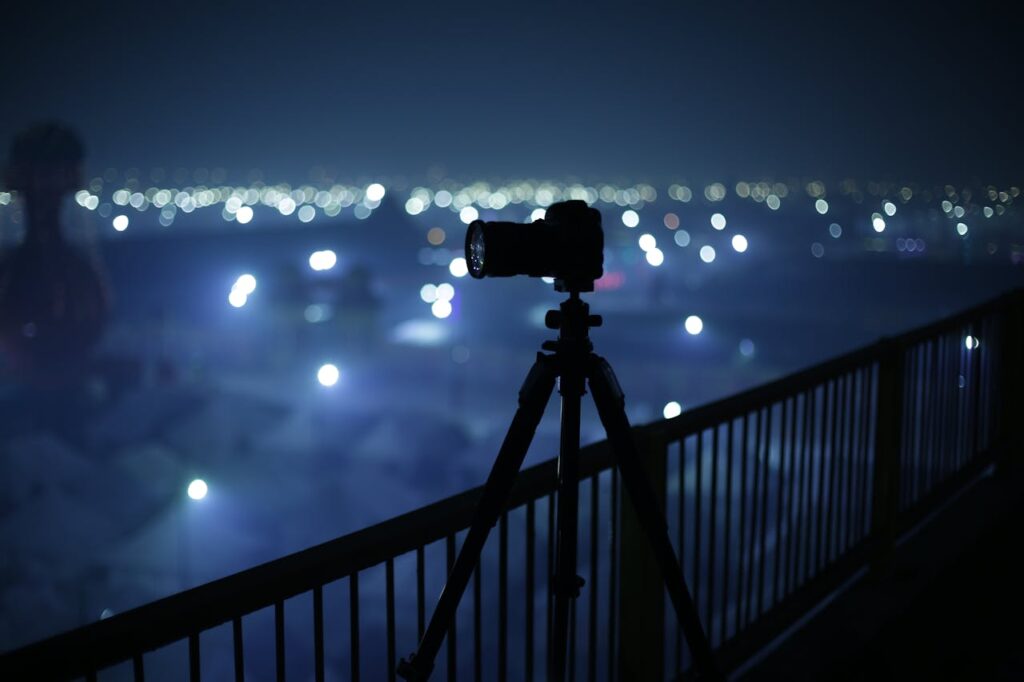Wide aperture photography refers to the use of a large aperture (small f-number) on a camera lens, allowing more light to enter the camera and creating a shallow depth of field. This article delves into the technical aspects, artistic effects, practical applications, and creative potential of wide aperture photography for audiences in the United States.
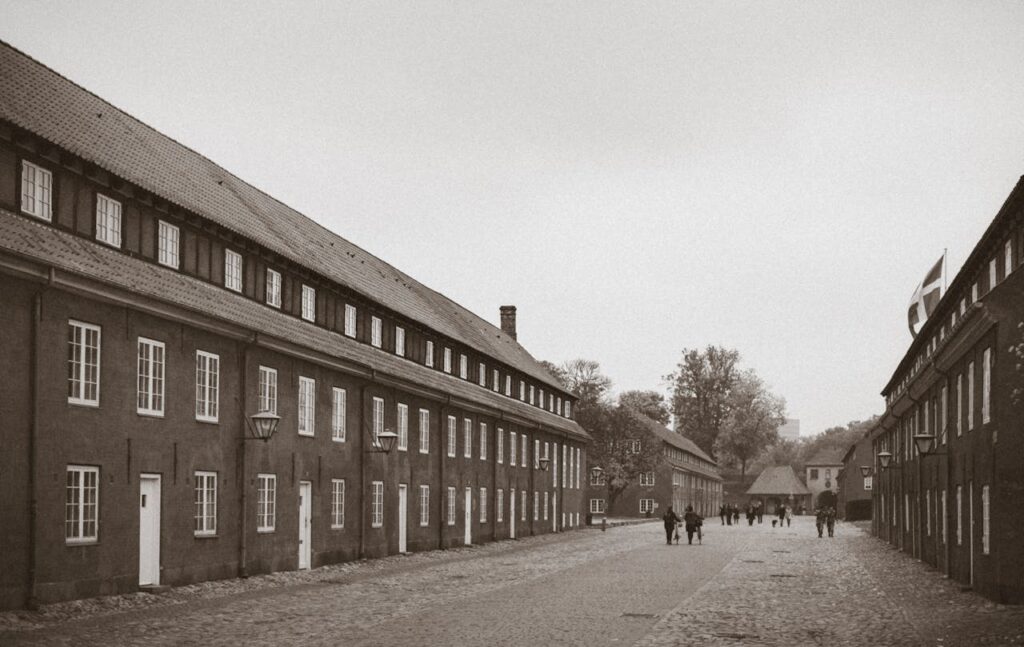
Understanding Aperture and Depth of Field
Definition of Aperture: Aperture refers to the opening in the lens through which light passes to reach the camera sensor. It is measured in f-stops or f-numbers, where a smaller f-number (e.g., f/1.8) indicates a larger aperture opening and vice versa.
Depth of Field (DOF): Depth of field refers to the range of distance in a photograph that appears acceptably sharp. In wide aperture photography, a larger aperture (smaller f-number) results in a shallow depth of field, where the subject is sharply focused while the background appears blurred (bokeh).
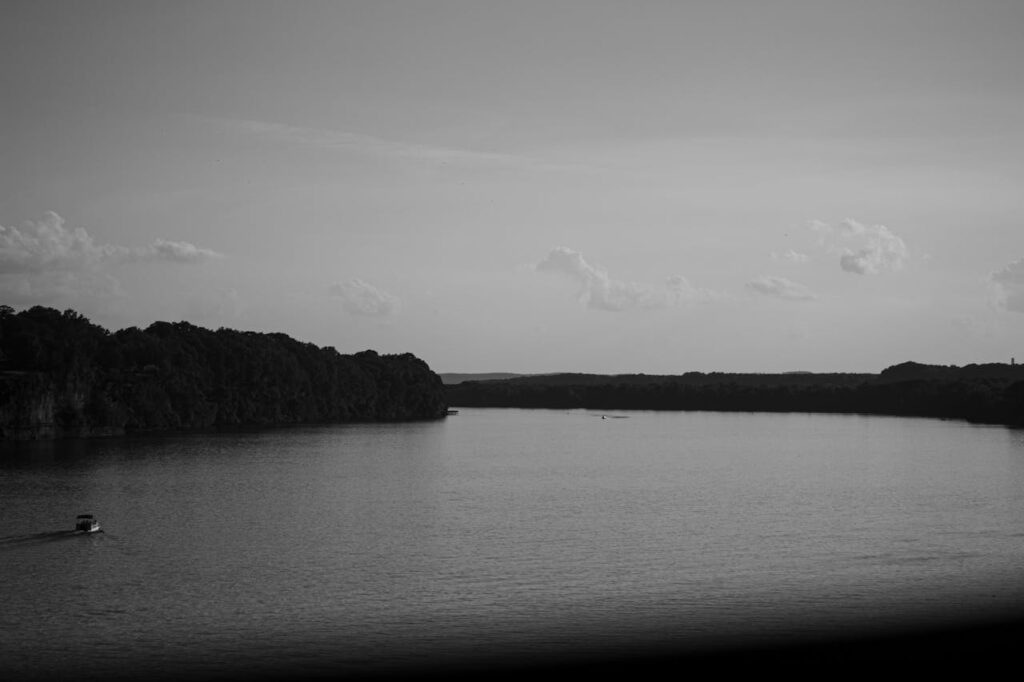
Artistic Effects and Techniques
Subject Isolation: Wide aperture photography is prized for its ability to isolate subjects from their backgrounds, drawing attention to the main subject while blurring distracting elements. This technique is commonly used in portrait photography to emphasize facial features and create a sense of intimacy or drama.
Bokeh and Background Blur: Bokeh refers to the aesthetic quality of the out-of-focus areas in an image. Wide apertures produce creamy, smooth bokeh that enhances the visual appeal of photographs, particularly in close-up shots, macro photography, and selective focus techniques.
Low Light Performance: Larger apertures (smaller f-numbers) allow more light to enter the camera sensor, making wide aperture lenses ideal for shooting in low-light conditions without compromising image quality or requiring high ISO settings.

Practical Applications
Portrait Photography: Wide aperture lenses, such as those with f/1.4 or f/1.8 apertures, are popular among portrait photographers for their ability to create beautifully blurred backgrounds that make subjects stand out vividly.
Macro Photography: In macro photography, wide apertures are used to isolate tiny subjects against soft, blurred backgrounds, emphasizing intricate details and textures.
Low-Light Photography: Wide aperture lenses are effective for capturing sharp, well-exposed images in dimly lit environments, such as indoor events, concerts, and night photography sessions.
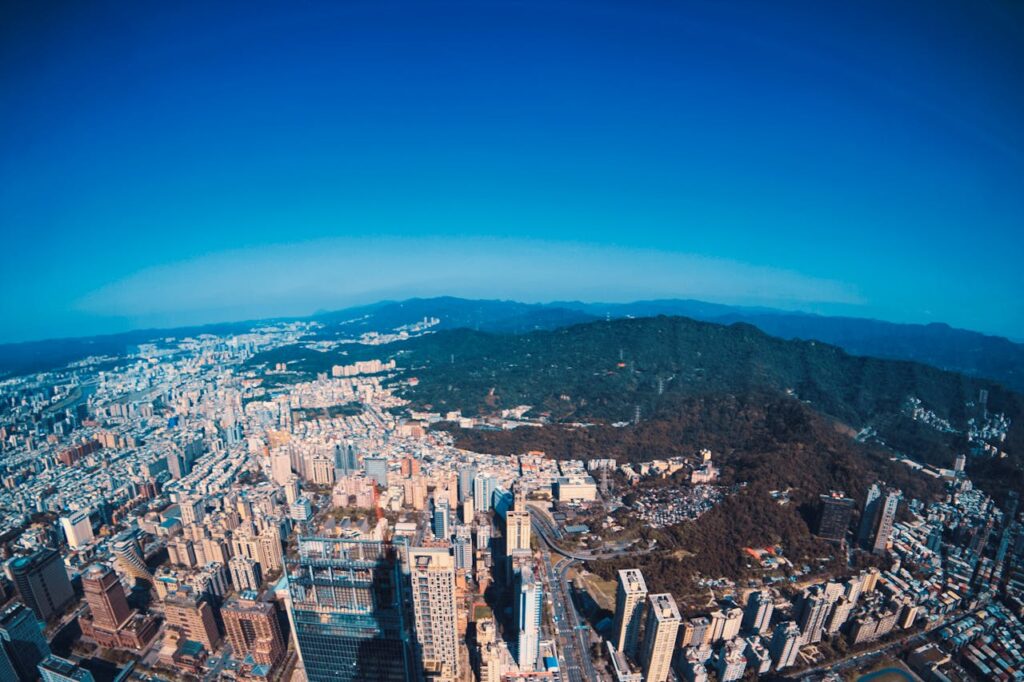
Technical Considerations
Depth of Field Control: Photographers can control depth of field by adjusting the aperture setting on their camera lens. Smaller f-numbers (e.g., f/1.4 to f/2.8) result in shallower depth of field, while larger f-numbers (e.g., f/8 to f/16) increase depth of field, keeping more of the scene in focus.
Lens Selection: Prime lenses with fixed focal lengths and wide maximum apertures are preferred for wide aperture photography due to their superior light-gathering capabilities and optical quality. Zoom lenses also offer wide apertures, albeit often at higher costs and with larger physical sizes.
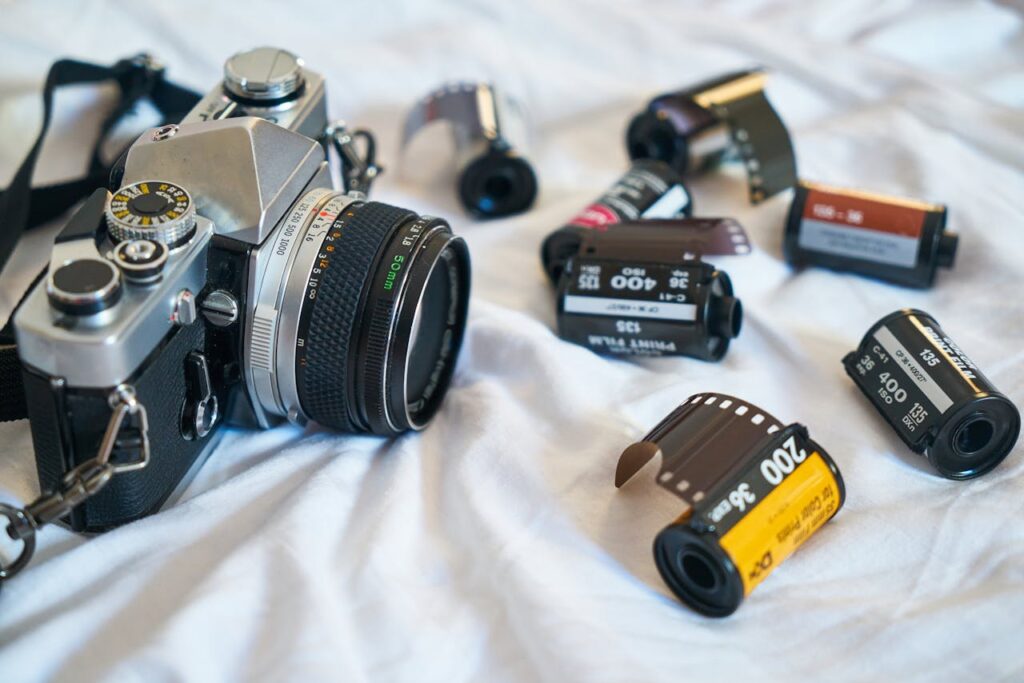
Creative Potential and Innovation
Wide aperture photography continues to inspire photographers in the United States to explore creative compositions, experiment with light, and push the boundaries of visual storytelling. Advances in lens technology and camera systems enable photographers to achieve exceptional image quality, precise focus control, and stunning bokeh effects that enhance the narrative impact of their photographs.

Conclusion
In conclusion, wide aperture photography is a versatile technique that enhances creativity, visual impact, and storytelling in photography. By understanding its technical foundations, artistic effects, practical applications, and creative potential, photographers in the United States can harness the power of wide apertures to capture compelling images that engage viewers, evoke emotions, and convey narratives with depth and clarity.
From portrait and macro photography to low-light situations and artistic experimentation, wide aperture photography offers photographers a valuable tool for expressing their vision and creating memorable visual experiences that resonate with audiences. As technology continues to advance, wide aperture lenses and techniques will undoubtedly remain integral to the evolving art and craft of photography in the digital age.
